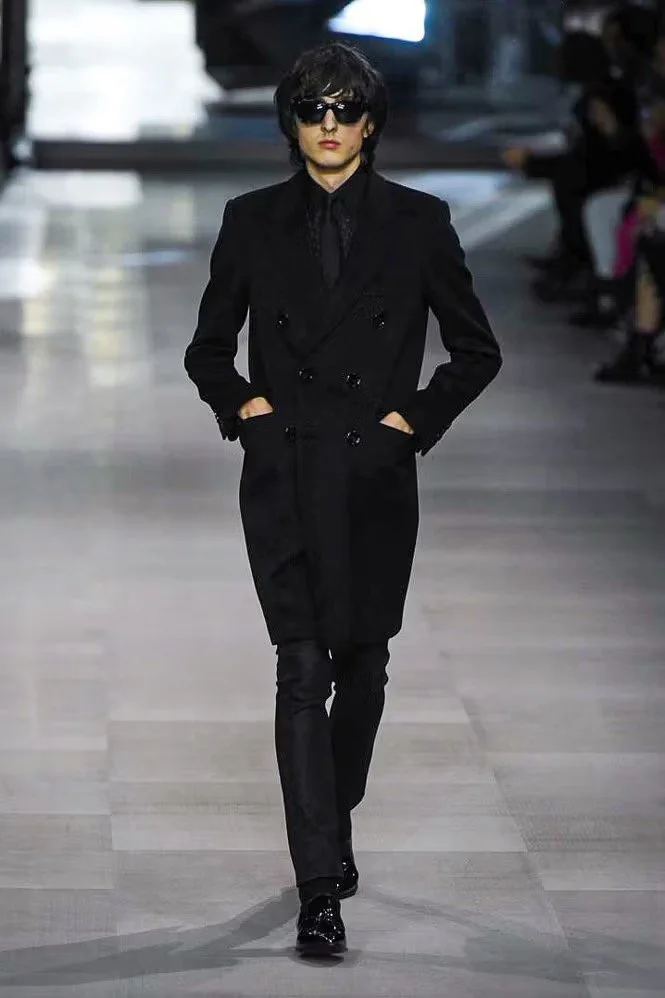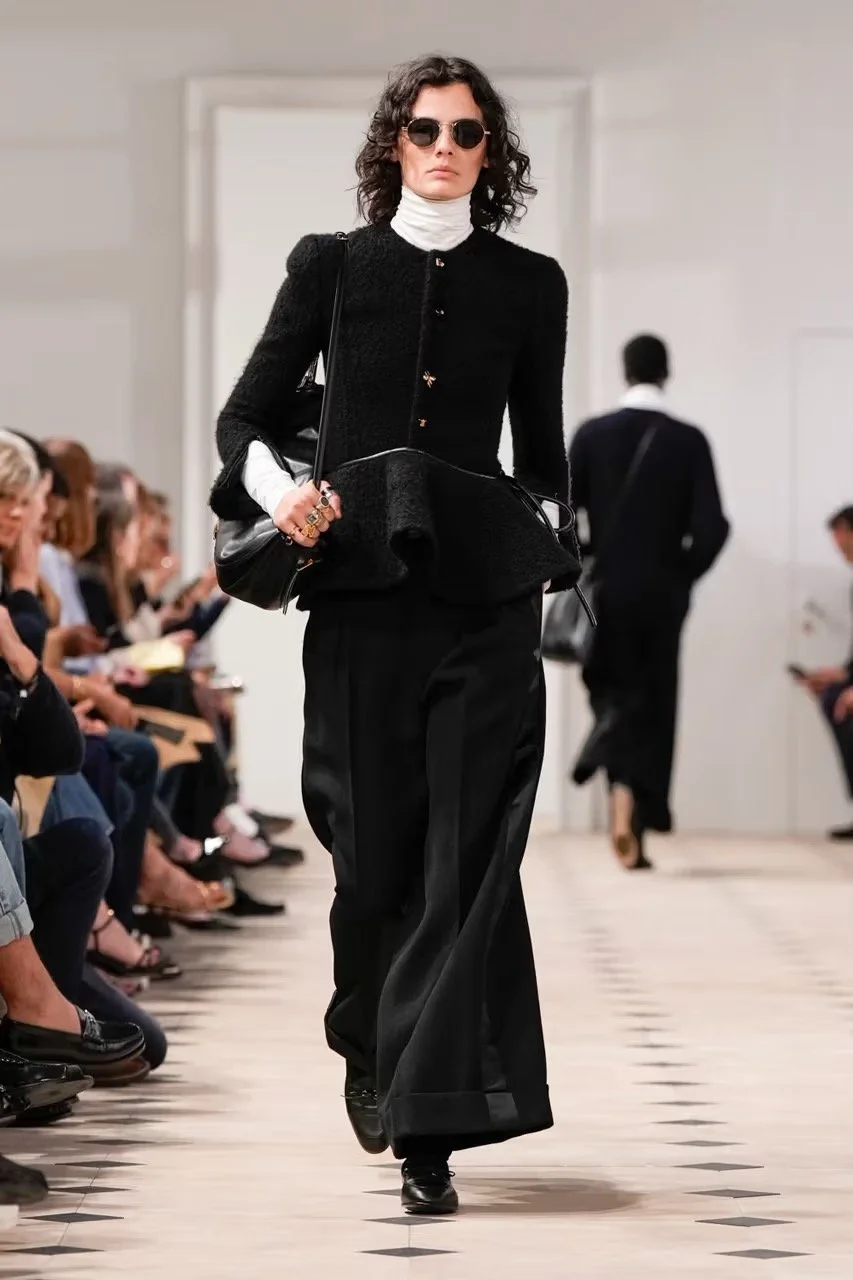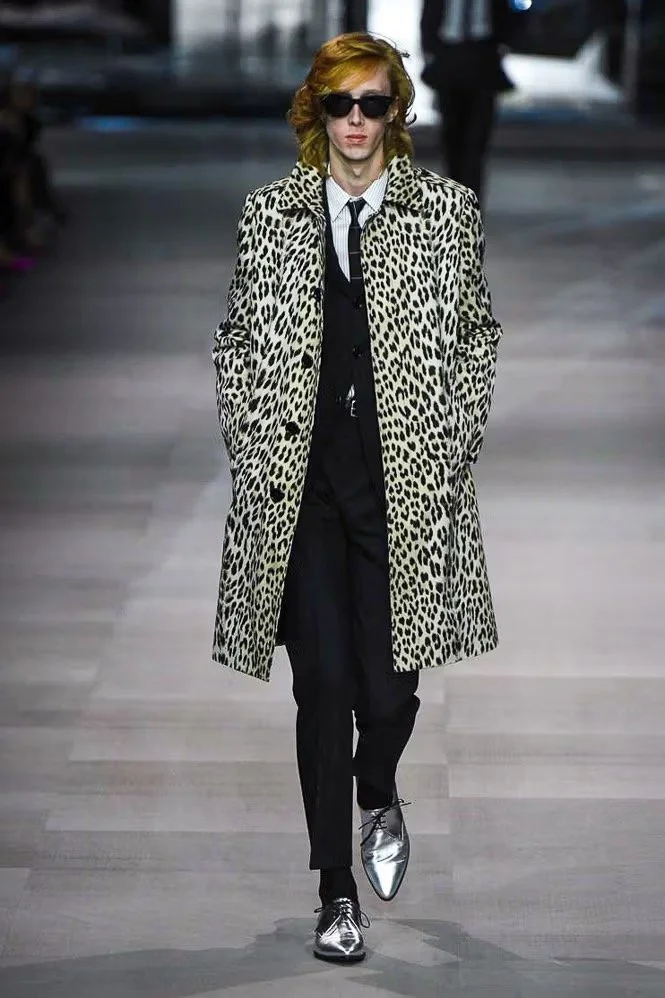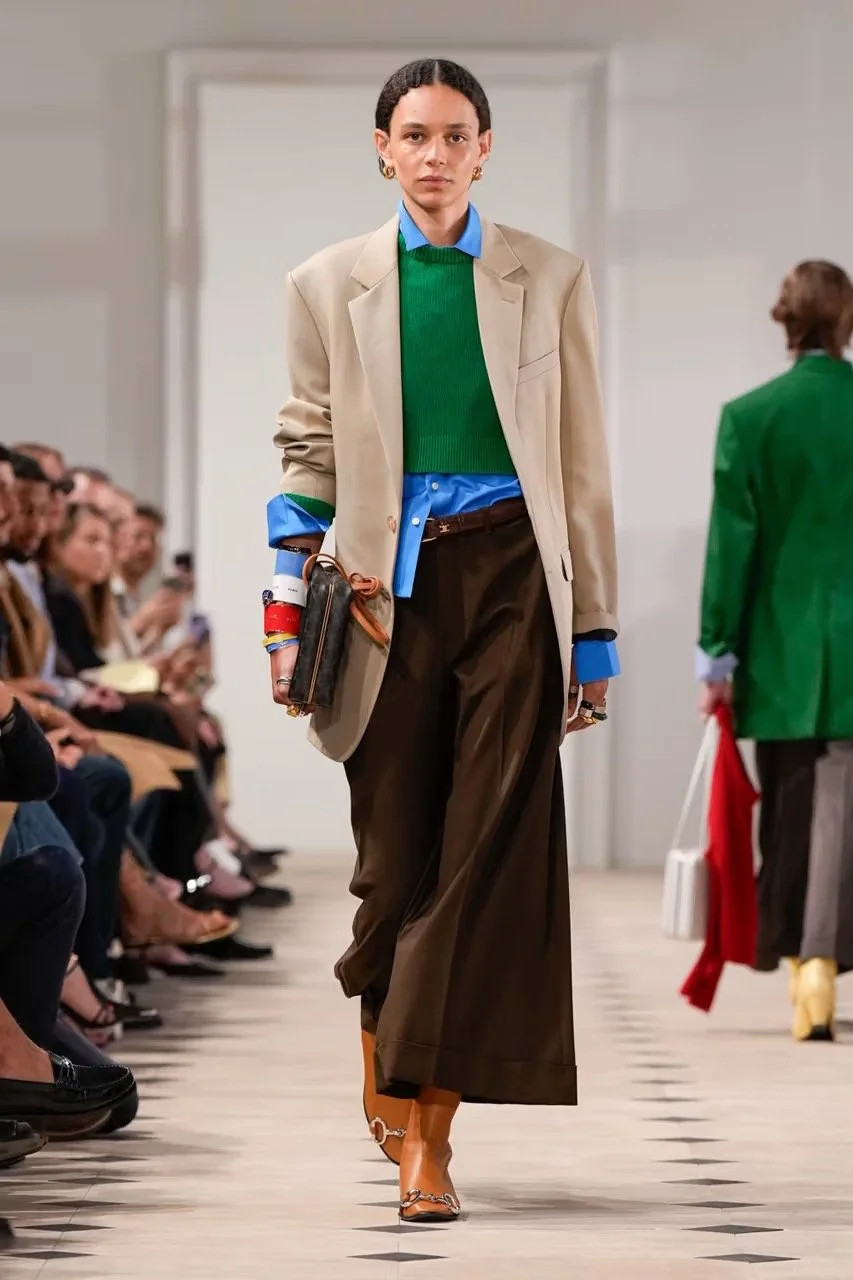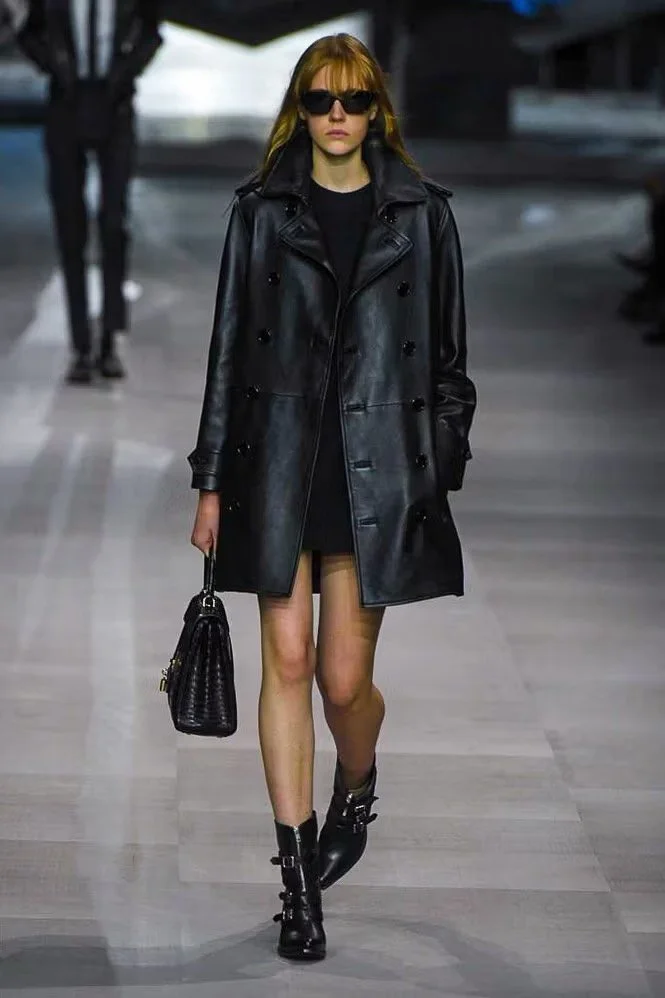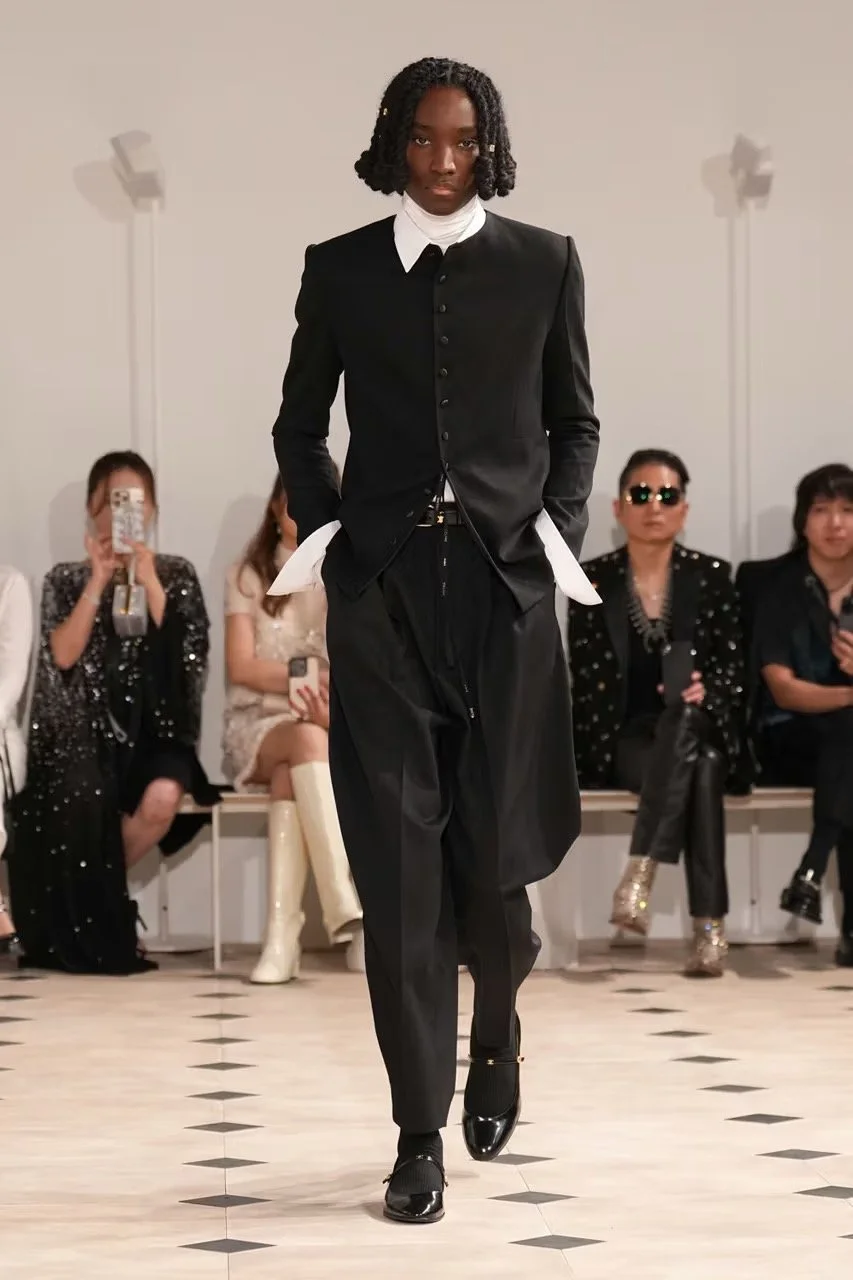What’s Next for Hedi Slimane?
In an effort to protect his aesthetic signature, Hedi Slimane, former creative director of Celine (LVMH), posted to Instagram the following:
The English translation reads:
“I left Maison Celine in October 2024. I have been convinced ever since — and am already looking forward to it — that Maison Celine will brilliantly reinvent, for its advertising campaigns and corporate image, a distinctive and autonomous photographic grammar and universe, fitting for such a promising new chapter. This is done in a spirit of creative independence and renewal, free from any relics, borrowings, or insistent references to my photographic style — including my advertising campaigns and films for Celine — this is self-evident. It is with respect for oneself and others, the opportunity, pride, and happiness of each new talented creative team, and of professional photographers as well, to create, invent, and innovate with complete vigilance, originality, and integrity, to remain in step with the times and to ensure the future success of this beautiful Maison in a constantly evolving world of luxury and imagery. I look forward to discovering this photographic revival at Celine and the new visionary image of a French brand to which I remain deeply attached.
Simply put, the post set a reminder — the skinny silhouette, rock-and-roll aesthetic, black-and-white photography effect was — and is — the embodiment of Hedi Slimane. Therefore, it is no longer central to the identity of Celine (LVMH).
The protection of his aesthetic, and legal rights in these creative assets, is also the aftermath of his contractual arrangements — unique compared to those in similar roles within the fashion industry.
Michael Rider became the “natural choice” — according to Celine CEO Severine Merle — to follow Hedi Slimane. The American designer notably worked under Nicolas Ghesquière at Balenciaga, Phoebe Philo at Celine, and Ralph Lauren.
When Michael Rider was the design director at Celine — for approximately a decade — the aesthetic was largely minimal with small touches of modern femininity.
Time passed and the aesthetic changed — drastically so.
At that point, Hedi Slimane was beginning his tenure which took place in 2018.
The radical changes include the removal of the accent mark, the expansion of menswear, and efforts to restructure the house’s vision — within the course of several months. The Slimane signature like the skinny silhouette, the double-breasted jacket, and monochromatic emphasis on black and white signified this shift completely. His visual direction included shiny sequins and patterns. The Slimane style of rockstar grunge remained present in his work at Celine.
Celine SS19:
Flash forward to Celine under the Phoebe protege:
Michael Rider introduced vibrancy. He incorporated trousers in outfits that did not include tights. When asked to discuss the leggings in his collection, Michael Rider noted the longevity of the skinny style “at different points of time during the history of the company for women, for men.”
Although, the work of Hedi Slimane for Celine contrasts greatly to the work of Phoebe Philo.
What Hedi Slimane did for Celine was incorporate his personal touch — a move proven to be successful because it was Hedi Slimane himself to “Slimanify” the brand.
Essentially, Celine can no longer look to “Slimanify” under the visual direction of those who are not Hedi Slimane — a recurring theme — in reference to Hedi Slimane’s departure from Saint Laurent and the Instagram wipeout that followed which rid the Hedi Slimane effect from the social media account.
More specifically, the removal of posts came after Hedi Slimane filed two lawsuits against Kering — the world class luxury group and owner of Saint Laurent — just weeks after he left.
Hedi Slimane had demanded that the non-compete be paid out. French courts agreed and awarded him more than $22 million for combined compensation and equity-related claims.
Additionally, unlike most contracts where the brand has control over the advertising and design IP — among the many other aspects that come from the work of a creative director — the authorship belonged to Hedi Slimane. The continuation to use his work following his departure led to infringement issues. For this, Hedi Slimane won nearly $1 million in damages for imagery alone — reminding the fashion world that the imagery was all his. Hedi Slimane was also notably awarded approximately $35 million in damages relating to the contract and equity with Kering.
Hedi Slimane is an outlier in many ways — especially contractually in comparison to those in similar lines of work in the industry. This apparently remained true in contract with Celine. The authorship of assets like imagery and video campaigns would then be under Hedi Slimane.
This leads one to wonder: If Celine — and Michael Rider — incorporate some variation of Slimane-style — although Hedi Slimane clearly disproves — is it technically legal? Can one own — under some legal framework — an entire aesthetic? Would a label centered around the Hedi Slimane aesthetic be what’s needed to officially claim this? If yes, how soon can we expect Hedi Slimane to release this?

